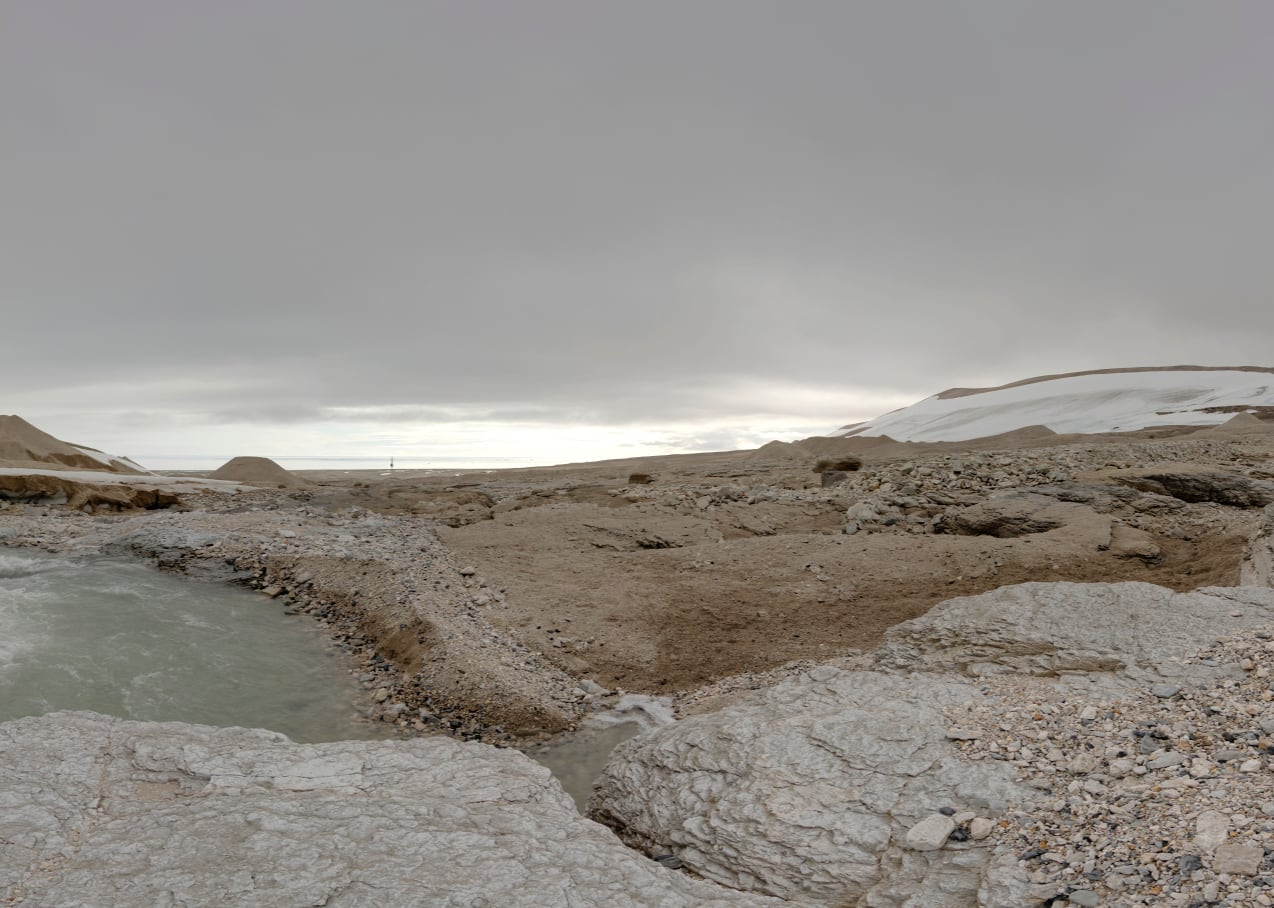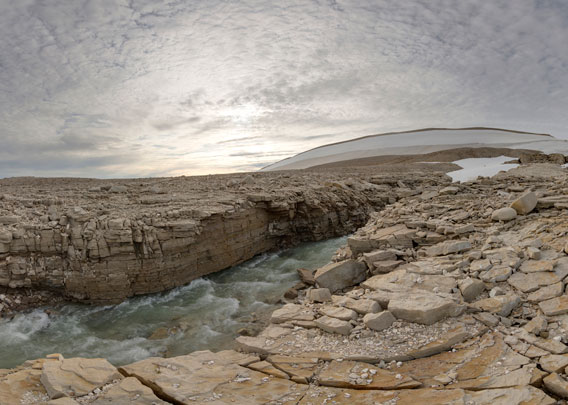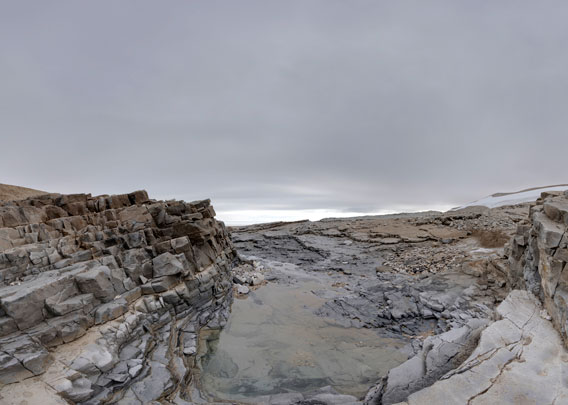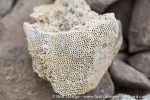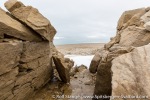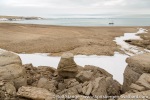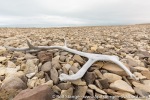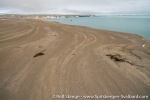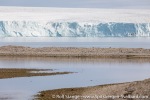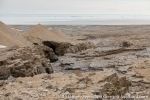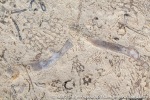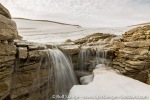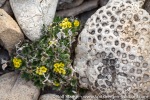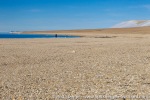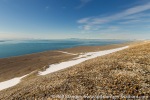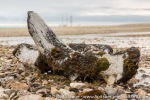-
current
recommendations- Liefdefjord
New page dedicated to one of Spitsbergen's most beautiful fjords. Background information and many photos.
- New Spitsbergen guidebook
The new edition of my Spitsbergen guidebook is out and available now!
- Liefdefjord
New page dedicated to one of Spitsbergen's most beautiful fjords. Background information and many photos.
Page Structure
-
Spitsbergen-News
- Select Month
- June 2025
- May 2025
- April 2025
- March 2025
- February 2025
- January 2025
- December 2024
- November 2024
- October 2024
- September 2024
- August 2024
- July 2024
- June 2024
- May 2024
- April 2024
- March 2024
- February 2024
- January 2024
- December 2023
- November 2023
- October 2023
- September 2023
- August 2023
- July 2023
- June 2023
- May 2023
- April 2023
- March 2023
- February 2023
- January 2023
- December 2022
- November 2022
- October 2022
- September 2022
- August 2022
- July 2022
- June 2022
- May 2022
- April 2022
- March 2022
- February 2022
- January 2022
- December 2021
- November 2021
- October 2021
- September 2021
- August 2021
- July 2021
- June 2021
- May 2021
- April 2021
- March 2021
- February 2021
- January 2021
- December 2020
- November 2020
- October 2020
- September 2020
- August 2020
- July 2020
- June 2020
- May 2020
- April 2020
- March 2020
- February 2020
- January 2020
- December 2019
- November 2019
- October 2019
- September 2019
- August 2019
- July 2019
- June 2019
- May 2019
- April 2019
- March 2019
- February 2019
- January 2019
- December 2018
- November 2018
- October 2018
- September 2018
- August 2018
- July 2018
- June 2018
- May 2018
- April 2018
- March 2018
- February 2018
- January 2018
- December 2017
- November 2017
- October 2017
- September 2017
- August 2017
- July 2017
- June 2017
- May 2017
- April 2017
- March 2017
- February 2017
- January 2017
- December 2016
- November 2016
- October 2016
- September 2016
- August 2016
- July 2016
- June 2016
- May 2016
- April 2016
- March 2016
- February 2016
- January 2016
- December 2015
- November 2015
- October 2015
- September 2015
- August 2015
- July 2015
- June 2015
- May 2015
- April 2015
- March 2015
- February 2015
- January 2015
- December 2014
- November 2014
- October 2014
- September 2014
- August 2014
- July 2014
- June 2014
- May 2014
- April 2014
- March 2014
- February 2014
- January 2014
- December 2013
- November 2013
- October 2013
- September 2013
- August 2013
- July 2013
- June 2013
- May 2013
- April 2013
- March 2013
- February 2013
- January 2013
- December 2012
- November 2012
- October 2012
- September 2012
- August 2012
- July 2012
- June 2012
- May 2012
- April 2012
- March 2012
- February 2012
- January 2012
- December 2011
- November 2011
- October 2011
- September 2011
- August 2011
- May 2011
- April 2011
- March 2011
- February 2011
- January 2011
- December 2010
- November 2010
- September 2010
- August 2010
- July 2010
- June 2010
- May 2010
- April 2010
- March 2010
- February 2010
- November 2009
- October 2009
- August 2009
- July 2009
- June 2009
- May 2009
- April 2009
- March 2009
- February 2009
- January 2009
- December 2008
- November 2008
- October 2008
- August 2008
- July 2008
- June 2008
- May 2008
- April 2008
- March 2008
- February 2008
- April 2000
- Select Month
-
weather information
-
Newsletter

| Guidebook: Spitsbergen-Svalbard |
Vibebukta
Panorama of a polar desert on Nordaustand
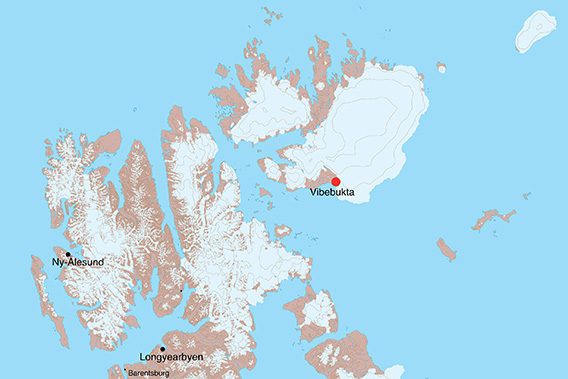
Vibebukta is a wide-open bay on the south coast of Nordaustland.

View over a river and lagoon landscape in Vibebukta towards Bråsvellbreen.
It is neighbouring the large glacier Bråsvellbreen, which is part of the huge ice cap Austfonna; Vibebukta is the last part of ice-free land next to the glacier front which characterises the coastline for more than 100 kilometers to the east and northeast from here. This “neighbourhood” alone would be enough to make Vibebukta a very specia
- pano anchor link: #180721b_Vibebukta_81HDR
Wide coastal plain in Vibebukta. The small, former river beds – now dry – have somewhat more vegetation than the surroundings, mostly algae.
The south coast of Nordaustland is a very barren and wide-open landscape. At a first, distant glance it may appear rather unspectacular: a wide, empty plain, and behind that, yellow-brownish hillslopes and some snow fields rising up to very modest heights, with the ice cap in the far distance. There is hardly any vegetation; the few flowers are mostly saxifraga or Svalbard poppy.
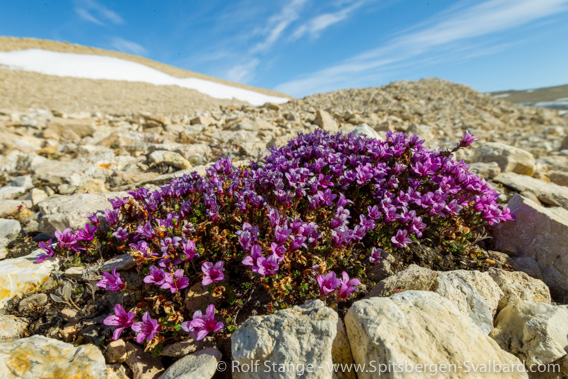
Purple saxifrage in Vibebukta.
Vibebukta: an inaccessible landscape
But on a closer look, Vibebukta reveals a scenery of stunning beauty – at least to those who have an eye for details. It is, in my modest opinion, actually one of the most beautiful places in the whole archipelago of Svalbard. Vibebukta is, however, not an easy place to get to. Getting to the general area is one thing – challenging enough – and getting into an operational distance is yet another one. Considering the widely shallow, poorly charted waters, this is something generally reserved for small vessels and captains who can make use of local knowledge. And in the end, it is up to weather, ice and the potential presence of polar bears anyway if a landing is an option or not.
- pano anchor link: #a5k_Vibebukta_25Juli14_128HDR
Panorama: View over Vibebukta from a rocky hillslope.
It needs some luck to be able to explore this place in situ. But when it works, it is absolutely worth the effort!
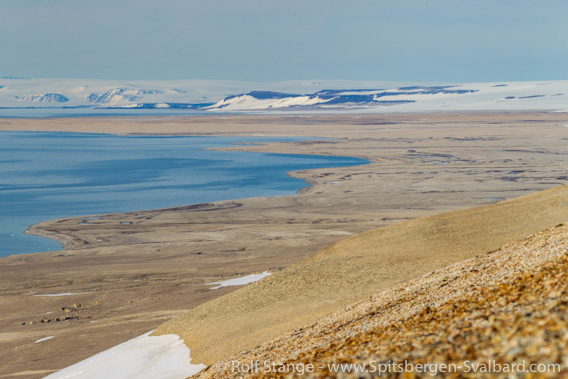
View over the coastal plain in Vibebukta from the hillslopes further inland.
It starts with the seemingly endless dimensions of the landscape, which can be a bit overwhelming especially when you spend some silent moments here in a small group or even on your own, just sitting somewhere with a good view and enjoying such a unique situation. The wide-open coastal plain is almost completely covered with ancient beach ridges, something that is striking especially from an elevated position.

View over the coastal plain in Vibebukta from a bird’s eye’s perspective.
Traces of a tropical sea 300 million years ago
A closer look at some of the rocky outcrops on the slopes further inland may reveal traces of long-gone tropical seas. In the upper Carboniferous / lower Permian, near 300 million years ago, Spitsbergen was near the equator. Back then, animals including brachiopods, corals and bryozoa (sponges) lived in these warm, shallow shelf seas. Today, some of the rocks in Vibebukta are full of fossils of this ancient marine life! We can find similar rocks (same composition, age and fossils) over large parts of Svalbard up to the west coast of Spitsbergen from the islands off the south cape and up to Isfjord, but the abundance of fossils in certain locations in Vibebukta is really stunning.

Fossils in Vibebukta.
Esker and subglacial erosive landscapes
- pano anchor link: #180721b_Vibebukta_63HDR
Meltwater river near the glacier.
The moraine-covered rim of the ice cap Austfonna is rising behind the river.
There is a geomorphologically very interesting area in the easternmost part of Vibehukta. Close to the ice cap, there is a meltwater river flowing through a little valley to the sea. Towards the glacier rim, the scenery is dominated by the bizarre moraine hills. The river itself has cut its bed well into the solid bedrock. This may have happened at times when the area was still glacier covered: subglacial (under the glacier) rivers may be under pressure and thus achieve great velocity and hence greater erosive forces.
- pano anchor link: #a5k_Vibebukta_25Juli14_147HDR
Meltwater river in Vibebukta.
Such subglacial meltwater channels may be filled up with gravel and sand at the end of their active time. When the glacier has disappeared, these channel fillings may stand out above the surroundings as long, narrow ridges of soft sediment. Such glacial landforms are known to geomorphologists as esker. Sweden is a classical country for eskers, which were hard to explain for early geologists before the ice age theory became a widely accepted concept. There are smaller examples of eskers also in Vibebukta, in this little valley near the glacier.
But also the river bed, which is cut into the bedrock, exhibits an interesting bit of landscape.
- pano anchor link: #180721b_Vibebukta_21HDR
Rocky river bed near the moraine-covered glacier edge of Austfonna.
- pano anchor link: #180721b_Vibebukta_40HDR
Abandoned river bed.
Photo gallery Vibebukta
And finally some impressions from Vibebukta, from small fossils to the huge landscape.
- gallery anchor link: #gallery_2112
Click on thumbnail to open an enlarged version of the specific photo.
BOOKS, CALENDAR, POSTCARDS AND MORE
This and other publishing products of the Spitsbergen publishing house in the Spitsbergen-Shop.
last modification: 2025-03-25 ·
copyright: Rolf Stange


